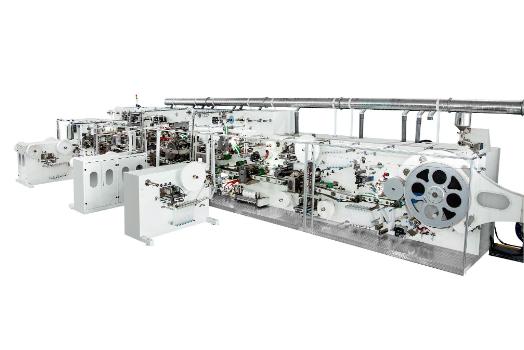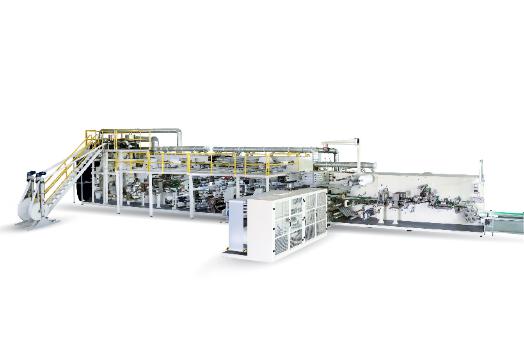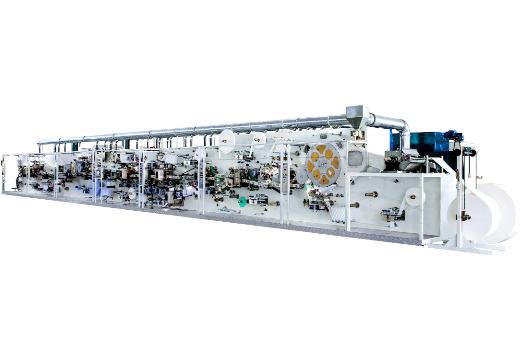
Why Do Some Adult Incontinent Pads Leak - And How Can You Prevent It?
2025-11-18
When using adult incontinent pads, one of the most common frustrations people experience is unexpected leakage. Even when choosing the right pad size or absorbency, leaks can still happen. So why does this happen, and what can you do to prevent it?
If you’ve read our previous blogs about choosing the right pads and staying comfortable throughout the day, this topic fits naturally as the next step — because preventing leaks is key to confidence and comfort.
1. Choosing the Wrong Absorbency Level
One of the main reasons for leakage is using a pad with lower absorbency than needed.
-
Light absorbency: Not suitable for overnight or heavy incontinence
-
Moderate absorbency: Good for daytime use
-
Heavy absorbency: Best for overnight or long periods without changing
Even a high-quality pad won’t perform well if the absorbency level doesn’t match the user’s needs. So, the first step in leak prevention is always choosing the right absorbency — and yes, this is something many people overlook.
2. Incorrect Pad Positioning
Even the best pads can leak if they’re not positioned correctly.
Sometimes users place the pad too far forward or backward, leaving areas uncovered. This often leads to side leakage or moisture reaching the edges of the pad.
A properly positioned pad should:
-
Sit flat inside the underwear
-
Cover the full area needed
-
Stay stable while the user moves
That’s why many brands now design pads with ergonomically shaped cores and better adhesive strips.
3. Wearing Loose or Non-Supportive Clothing
This is an easy mistake to make. Clothing that is too loose will cause the pad to shift around, increasing the chance of gaps — which means leaks.
Snug, supportive underwear helps the pad stay in place, creating a reliable seal that keeps moisture inside.
And by the way, this is also why pads made with high-quality topsheets and elastic-fit structures tend to perform better.
4. Not Changing Pads Frequently Enough
This is another very common reason for leakage. Even high-absorbency pads can only hold so much liquid. If the user waits too long between changes, the pad becomes saturated and naturally starts leaking.
A good rule is:
-
Change the pad whenever it feels damp
-
For moderate incontinence, every 3–4 hours usually works well
-
For heavy incontinence, more frequent changes are needed
And yes, this may sound pretty basic, but many leaks come from simple overuse.
5. Poor Pad Quality
Let’s be honest — not all pads are made the same. Lower-quality pads often leak because:
-
The absorbent core is uneven
-
The polymer filling is poorly distributed
-
The topsheet isn’t breathable
-
The leak-proof layer is too thin
High-quality pads use uniform fluff pulp, better SAP distribution, and stronger leak-proof structures.
This is where reliable manufacturing becomes important.
Quanzhou Shengquan Machinery Co., Ltd uses advanced technology in its Full Automatic Adult Incontinent Pad Making Machine, ensuring pads are produced with:
-
Consistent absorbent cores
-
Breathable topsheets
-
Stable leak-barrier channels
-
Reliable anti-leak films
These features significantly reduce the chances of leakage — because quality matters more than most people realize.
6. Skin and Body Movement Factors
Yes, movement can make a difference. When sitting, standing, or lying down, pressure on the pad changes. If the pad doesn’t have good shape-retention or flexible leak guards, leakage can occur during movement.
High-quality pads use elastic gathers, soft edges, and adaptive materials to prevent this problem.
Leaks can happen for many reasons — but most of them can be prevented with the right absorbency, good fit, proper clothing, and high-quality pads. As we discussed in our previous blogs, staying comfortable and confident requires choosing pads that:
-
Fit well
-
Absorb well
-
Stay secure
-
Protect the skin
Manufacturers using advanced equipment — such as Shengquan’s Full Automatic Adult Incontinent Pad Making Machine — ensure better pad performance, helping users live more comfortably and confidently.
Recent Posts
2025-11-04
Are Eco-Friendly Pet Pads Worth It?


